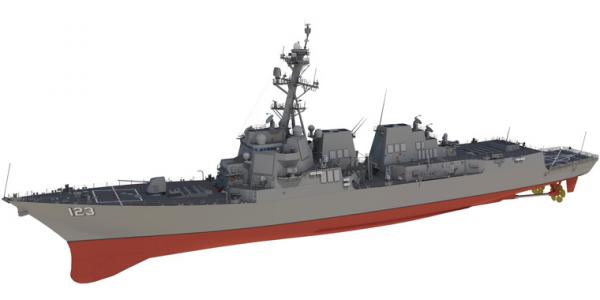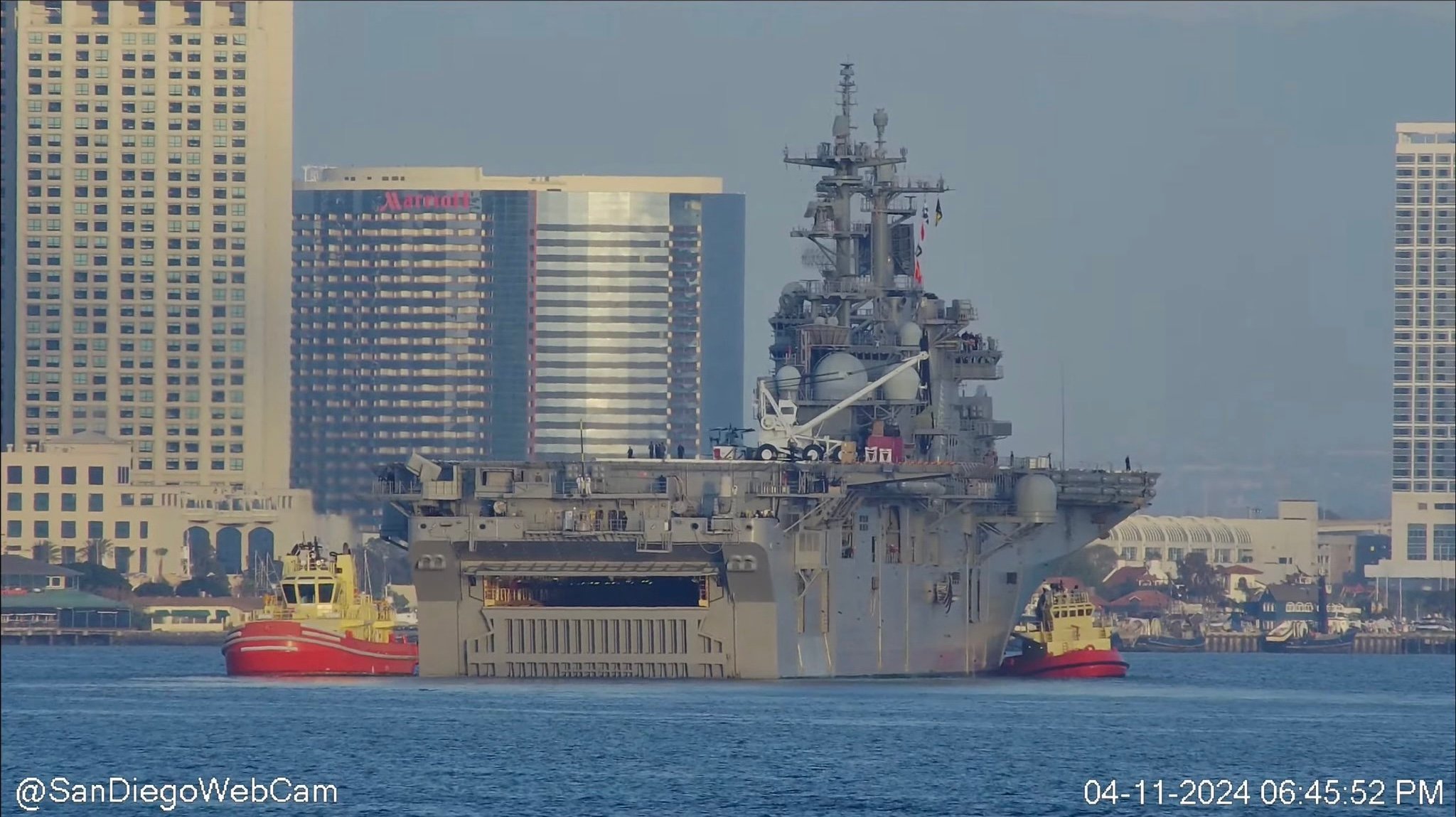
A congressional committee is calling into question the Navy’s plan to adapt an almost 30-year old hull design to be the centerpiece of the service’s future ballistic missile defense strategy.
Included in the mark from the House Armed Services Subcommittee on Seapower and Projection forces, is a requirement for the Navy to create a report on the Flight III Arleigh Burke-class (DDG-51) guided missile destroyer.
The Flight III is the first ship design built to accommodate a sensor – the Air Missile Defense Radar – that would be specifically designed to detect and track ballistic missile threats. The first ship is scheduled to begin construction in Fiscal Year 2016. Until now, the Navy has modified existing cruisers and destroyers with the Aegis missile system with additional hardware and software to perform BMD missions.
“I have concerns that the Navy’s current plan for the DDG-51 Flight III, of which it plans to buy 33 hulls that will last into the 2060s, will not have enough capacity to accommodate both the AMDR and the payloads of the future, including ship-based lasers and directed energy,” subcommittee chairman Rep. Randy Forbes (R – Va.) told USNI News on Wednesday.
The mark cites a March Government Accountability Office report that stated, “the Navy plans to install a 14-foot variant of AMDR on Flight III DDG 51s starting in 2019. According to draft AMDR documents, a 14-foot radar is needed to meet threshold requirements, but an over 20-foot radar is required to fully meet the Navy’s desired integrated air and missile defense needs.”
The subcommittee asked the Navy to produce a report that would outline the Navy’s capability requirements for the AMDR; the power, space and cooling needed on an Arleigh Burke to accommodate the radar; an assessment if the limitations of the DDG-51 hull would negatively impact AMDR; the possibility of using the AMDR on other platforms to include the San Antonio-class (LPD-17) amphibious warship; the margin to install other weapon like rail guns and high-powered lasers on the DDG-51 hull.
Shipbuilder Huntington Ingalls Industries has proposed modifiying its LPD-17 design for BMD.
Flight III was created following the cancelation of the proposed next-generation cruiser the Navy planned to take the BMD mission. The program was canceled in 2010 when the Navy’s Analysis of Alternatives for the CG(X) outlined a ship that would be twice the size of current destroyers and cost almost $6 billion.
Following a 2009 study that pitted the Flight III model with installing the AMDR on next-generation Zumwalt-class DDG-1000, the Arleigh Burke was selected as the lowest cost option for a BMD combatant.
However, since the selection of the Flight III hull the GAO has called into question the ability for the hull to accommodate the high powered AMDR.
The GAO found in 2012, “the inclusion of the AMDR on the existing DDG 51 hull to significant risks in the ship’s design and a reduced future capacity and could result in design and construction delays and cost growth on the lead ship.”
The Navy disagreed with the GAO’s recommendation to conduct a new study for the next BMD combatant.





